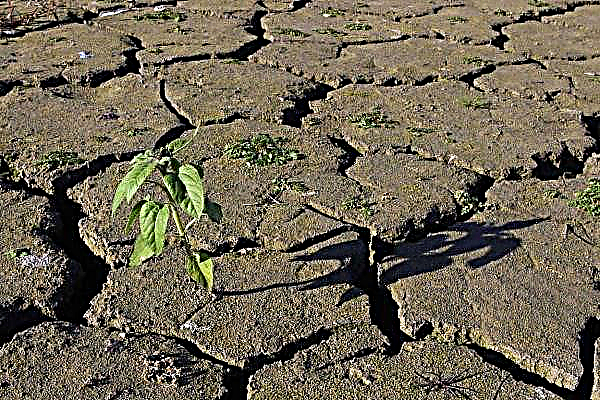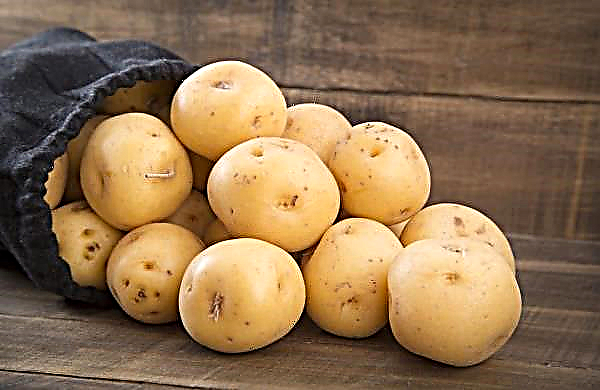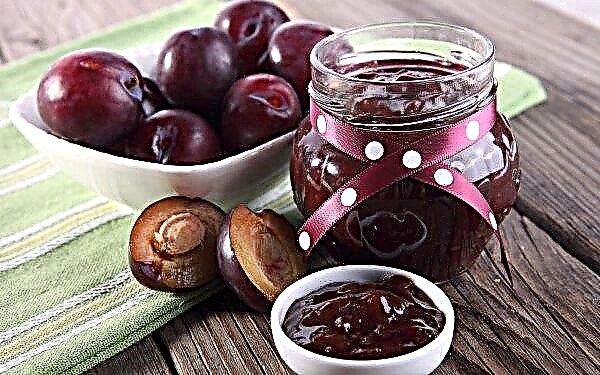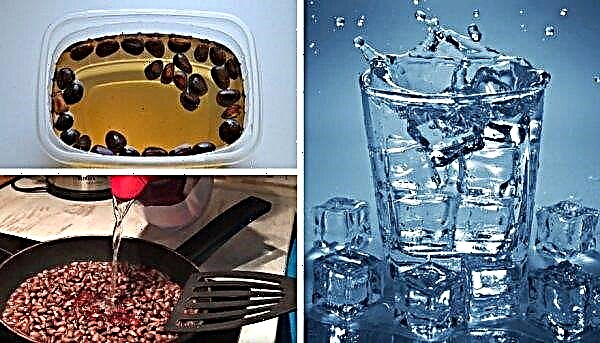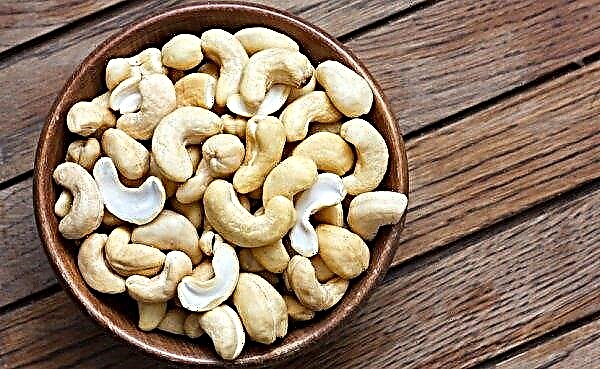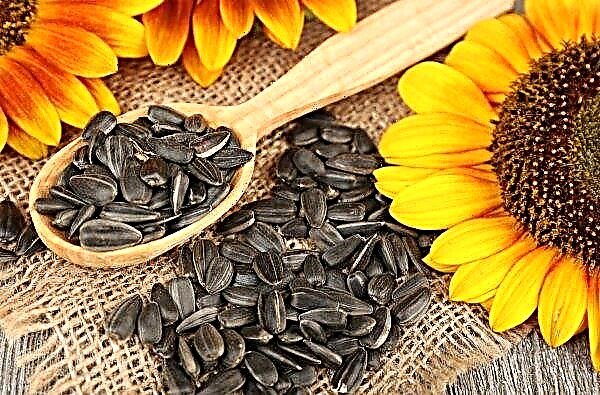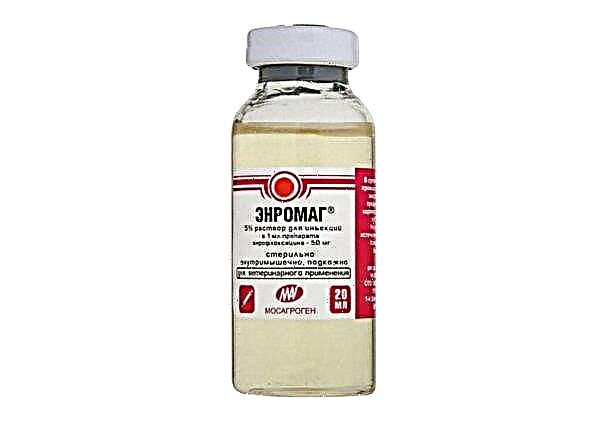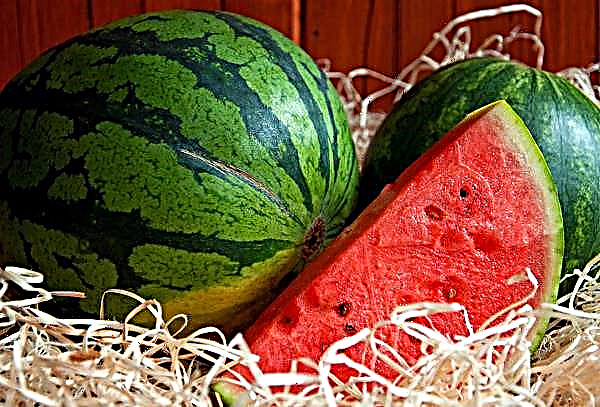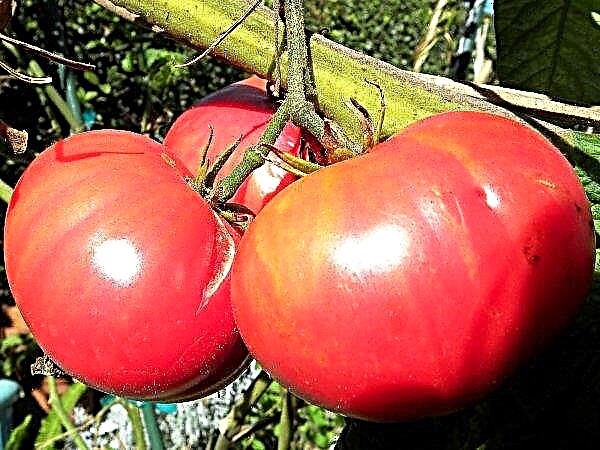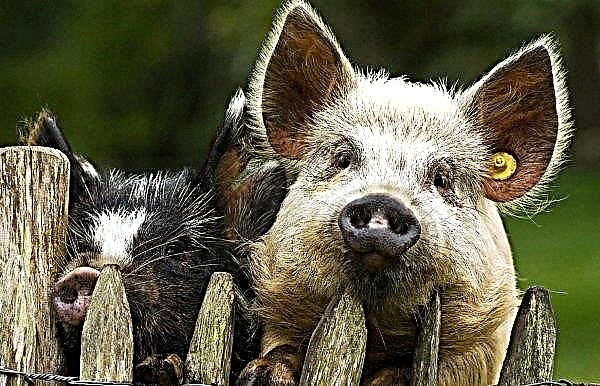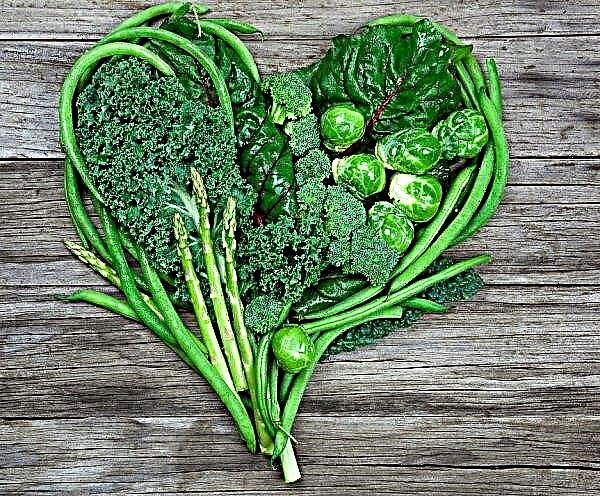Many mushroom pickers love to pick a boletus, but not everyone knows how to distinguish it from a poisonous double. In the article you will read about the gall fungus and its difference from the boletus, learn about their taste and places of distribution, as well as signs of poisoning and actions in this case.
Gall mushroom: description and difference from the boletus
Gall mushroom is very similar to a boletus. And before you go to pick mushrooms, you should carefully study their photos and descriptions. The first step is to determine what the edible version of this mushroom looks like.

The birch bark or obobek belongs to the Boletov family, which are characterized by such features:
- dull hat, often has a brown color;
- thin slender leg;
- flesh breaking in hands.
Did you know? Fresh boletus are recommended for diets for overweight people, because they are low-calorie.
The Obabka has about 40 subspecies, the most common of which are:
- Ordinary. It has a red-brown hat, a smooth and slightly mucous surface. In the sun, the mucus dries and acquires a luster. The shape of the young fungus is similar to the convex sphere, it has pores of a creamy hue from below. At the old representative, the hat becomes smoother and flattened, and from below it acquires a pink color.

- Gray. A hat of olive-brown or gray-brown color, small wrinkles are visible on the hat. The leg is thickened, club-shaped at the base.

- Hardish. The hat is grayish-brown or gray-brown, with a diameter of 6-15 cm. The leg has a fusiform or cylindrical shape, covered with brown scales.

The main differences that make it possible to recognize the bile fungus among edible analogues include:
- bright brown or red-green hat, velvety to the touch. In edible chamois, the hat glistens and has a smooth structure;
- large size, massiveness, tuberous leg;
- pattern on the leg in the form of a brown mesh. In the real stump, white or black scales are visible on the leg, giving it a resemblance to a birch trunk;
- the bottom of the hat is pink at a young age, which blackens over time. In an adult edible analogue, this part has a white-cream color;
- at the cut, the mushroom darkens, especially near the base of the peduncle, which is not typical for the boletus.

Edibility and taste
Boletus - edible mushrooms, all of which are similar in food quality and have a balanced mushroom taste and pleasant aroma.
Gall mushroom is inedible due to a very bitter, burning sensation. Because of this, it is rarely affected by worms and insects. When cooking, bitterness only intensifies.
Important! The pulp of the bile fungus contains toxic substances that are quickly absorbed into the blood, so it is better not to touch it with your hands.
Many foreign scientists recognize this mushroom as dangerous, since it can have a harmful effect on liver cells.
Places of distribution
Real chubby plants grow in sunny places with moist soil from which they take nutrients. The territories that prefer to choose birch trees for their habitat depend on the subspecies. Common birch trees grow in glades, edges and along birch trees near young trees. They prefer mixed forests and planting of firs interspersed with birches. Collect them from the beginning of summer until late autumn. Gray boletus can often be seen in the Caucasus.
 Common birch trees grow in glades, edges and along birch trees near young trees.
Common birch trees grow in glades, edges and along birch trees near young trees.
It most often grows under the hornbeam, but can be in the neighborhood of hazel, poplar or birch.. Fruiting begins in June and ends in October. A solid chamomile avoids the neighborhood of birches and grows near poplars and aspens. It lives either singly or in a small group. Prefers loamy, sandy and calcareous soils. Fruiting occurs from early July to mid-October. False birch trees most often grow in dark places near swamps, near forest streams and rotting stumps.
Important! After collecting the mushrooms, it is necessary to process them on the same day, since this is a perishable product.
Symptoms of poisoning, possible harm and first aid
A false boletus is not fatal, but it can be very harmful to health.

A large amount of this fungus in the body can cause such unpleasant symptoms:
- dizziness;
- bouts of nausea and vomiting;
- weakness;
- pain in the intestines and stomach;
- dysbiosis;
- indigestion.
Bile fungus can cause severe intoxication. Provided that it is taken for a long time and continuously, food can damage the liver cells, which will provoke the appearance of cirrhosis. It is not easy to get poisoned with an inedible boletus, because it has a bitter taste that is easy to identify. However, eating it in pickled form can deceive the taste buds and you will not feel bitterness.
Did you know? With regular use, a boletus booster normalizes blood sugar and helps to eliminate toxins from the body.
If symptoms of poisoning occur, the following actions must be taken immediately:
- Do gastric lavage. To do this, drink 3 cups of salted water, then induce vomiting by pressing on the linguistic root.
- After vomiting, drink activated charcoal or any other drug from the group of sorbents.
- In the event that after the measures taken there is no relief, and when observing an increase in symptoms (high body temperature, fainting, signs of dehydration), you should immediately contact a medical institution for qualified help.

The similarities between boletus and bile mushroom are very great, so mushroom pickers need to be especially careful when collecting them. Knowing what their differences are, you can only eat edible mushrooms, thereby protecting your body from harmful effects.





